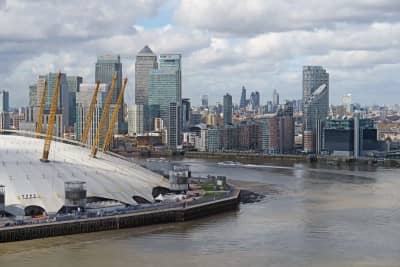Latest News
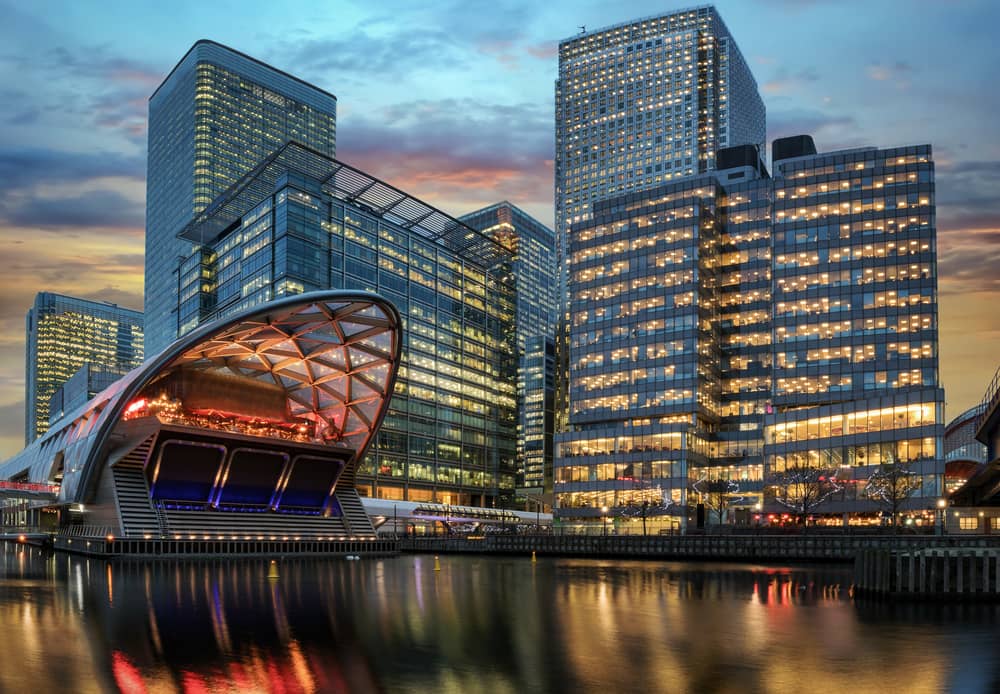
- Details
- Hits: 6692
Few areas of London have gone through such a radical transformation as Canary Wharf. Once a busy trade dock, it experienced severe decline, then was redeveloped to become one of the city’s most prominent business hubs.
Here’s an examination of Canary Wharf’s regeneration over the years.
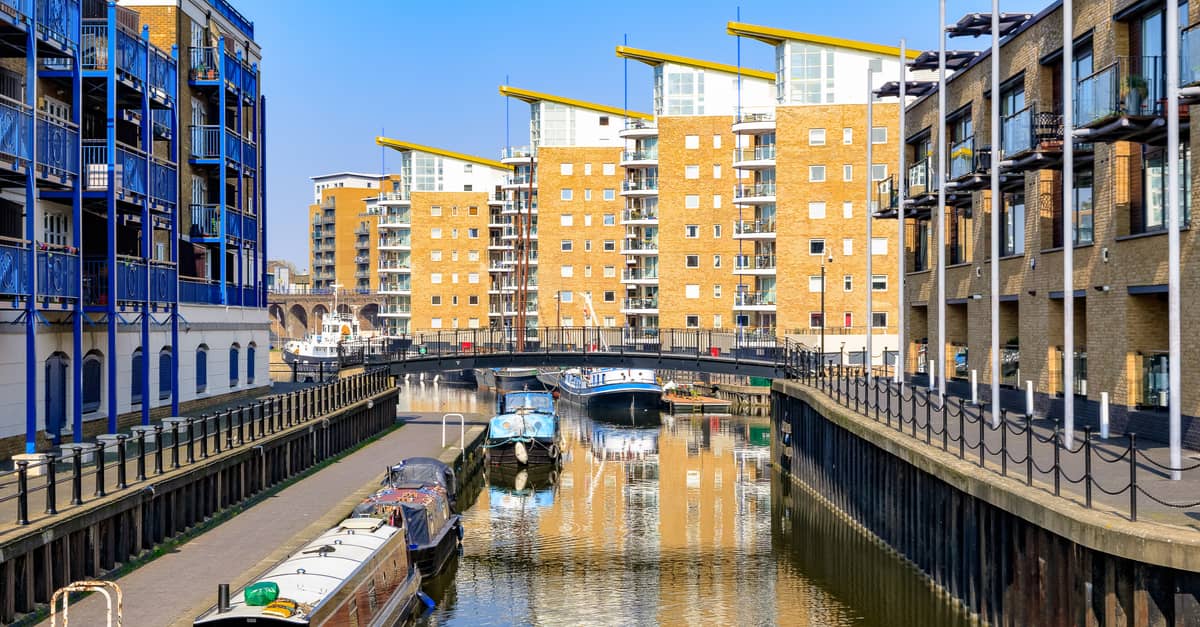
- Details
- Hits: 5897
History
The first recorded reference to Limehouse dates back to 1356; only back then, the area was called Les Lymhostes. It’s believed that it got its name from its numerous lime kilns, which local men used to make pottery for the nearby shipping companies.

- Details
- Hits: 5569
Canary Wharf has changed beyond recognition in recent years. Nowadays, it’s an area that offers many investment opportunities, but isn’t without some minor challenges.

- Details
- Hits: 3745
The COVID-19 lockdown is still in place, leaving many homebuyers, sellers and landlords confused about what the future holds.
The great news is – you can continue to market your property during the pandemic, by using technology. Our video marketing tools generate initial interest, and our live virtual viewings in vacant homes ensure you’ve got buyers and tenants lined up for the future.
Here’s more information.
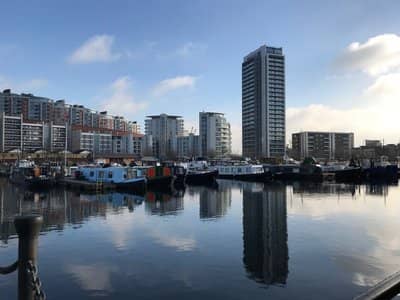
- Details
- Hits: 5680
Poplar sits in the borough of Tower Hamlets in east London, close by to Canary Wharf and Stratford. For many years it was overlooked by developers and investors. However, this has changed dramatically in recent times to transform the district into one of London’s most exciting places to live.
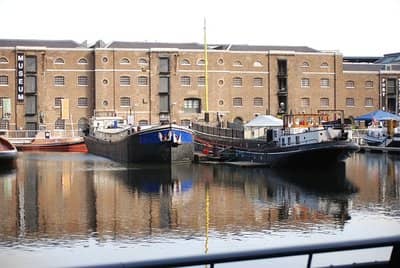
- Details
- Hits: 7274
Until recently, Canary Wharf was mostly regarded as a business district. However, its personality has shifted significantly in the last few years. Now, it’s attracting a greater number of families, and one of the reasons they’re moving here is the excellent local schools. This is particularly the case in the surrounding areas, such as Poplar.
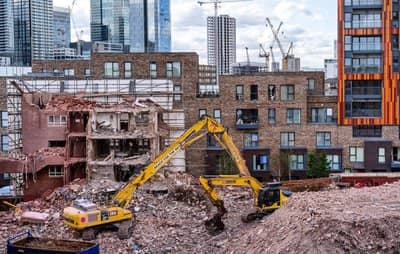
- Details
- Hits: 6115
Once a derelict dock, Canary Wharf has become one of London’s hottest buy-to-let addresses. Already a major business district, not only in London but globally, the upcoming Crossrail link will see Canary Wharf become an even more popular place to rent a home.
As such, Canary Wharf property investment is big news. If you’re looking to cash in on this lucrative area, this guide will provide you with a lowdown of the properties, average prices, and reasons to buy here.
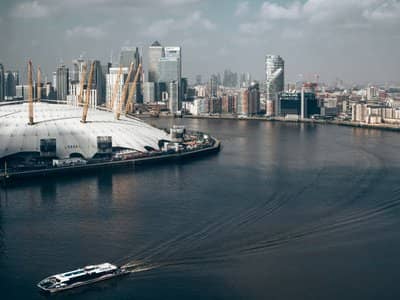
- Details
- Hits: 13451
The Isle of Dogs offers Thameside living with strong transport links, affordable properties and numerous leisure options. It is no wonder it is now one of the most popular areas to live and rent in London. Read our guide to find out more about the Isle of Dogs and why it is so popular with both renters and homeowners.
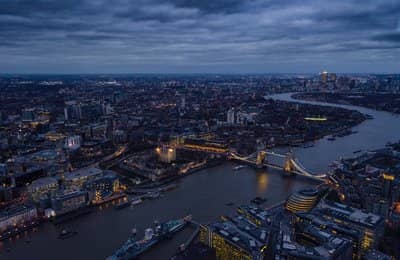
- Details
- Hits: 4799
Tower Hamlets was once viewed as one of the less desirable places to live in London. However, over the past 10-15 years the borough has undergone a dramatic transformation - making it into one of the most exciting places to rent a property.

